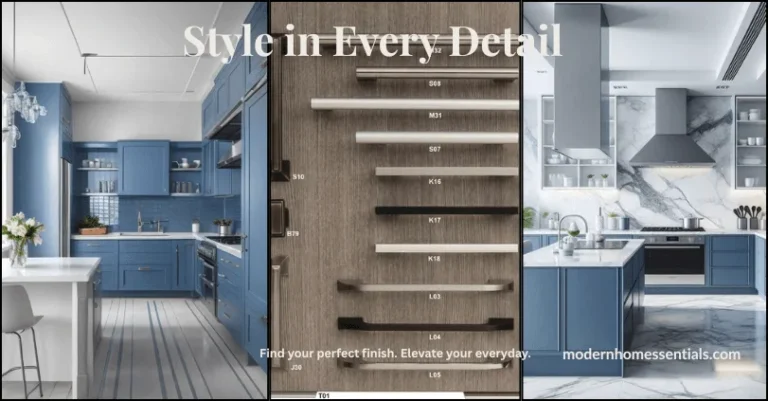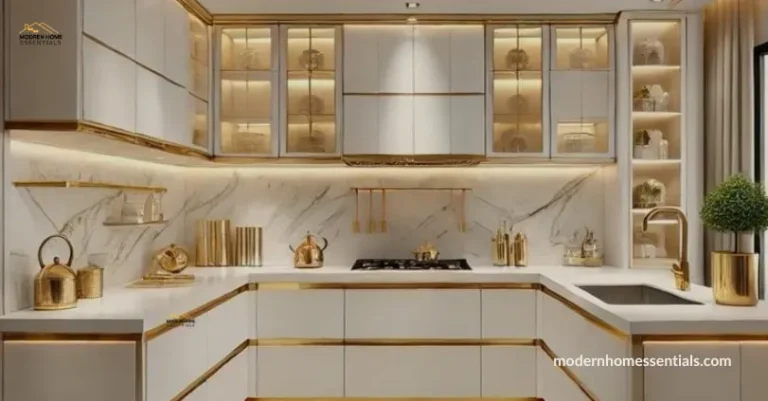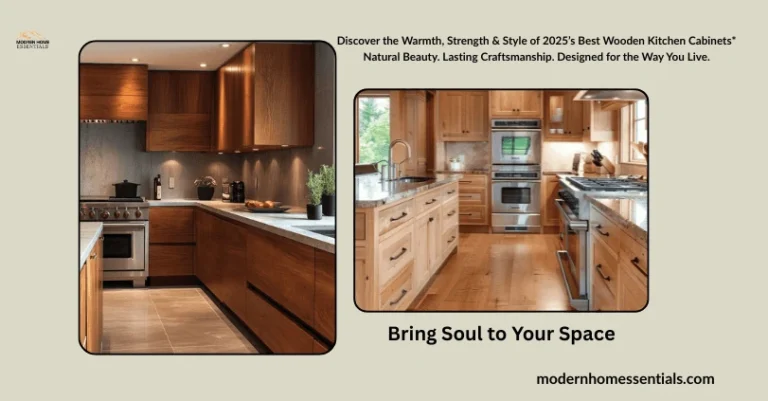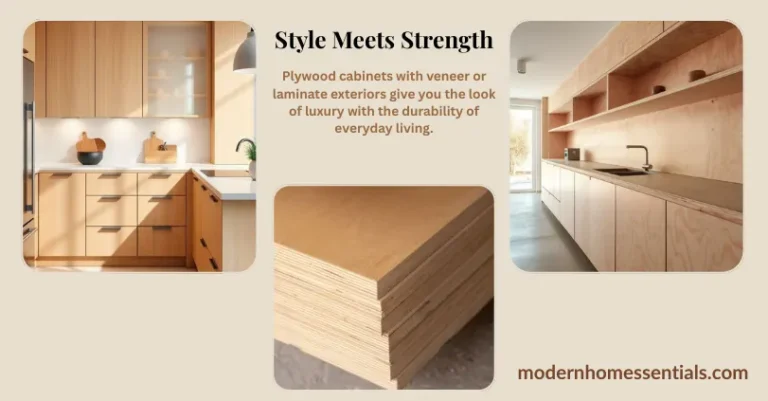Pantry Cabinets vs. Base Cabinets: Which Do You Need?
When you’re planning or remodeling a kitchen, one of the most common questions is: Do I need pantry cabinets, base cabinets, or both? The answer depends on your kitchen space, how you cook, and how much storage you actually need.
In this guide, we’ll break down the difference between pantry cabinets and base cabinets, explore real-life scenarios, and help you make the right choice. Whether you’re organizing a small apartment kitchen or creating your forever home, this post is designed to help you make smart, lasting decisions.
What Is a Pantry Cabinet?
Pantry cabinets are tall, upright storage units that are often used to store dry goods, small appliances, and overflow kitchen items. These can stand alone or be integrated into a full kitchen layout.
Types of Pantry Cabinets:
- Tall pantry cabinet
- Corner pantry cabinet
- White pantry cabinet
- Small pantry cabinet
- Unfinished pantry cabinet
- Black pantry cabinet
- Wood pantry cabinet
- Narrow pantry cabinet
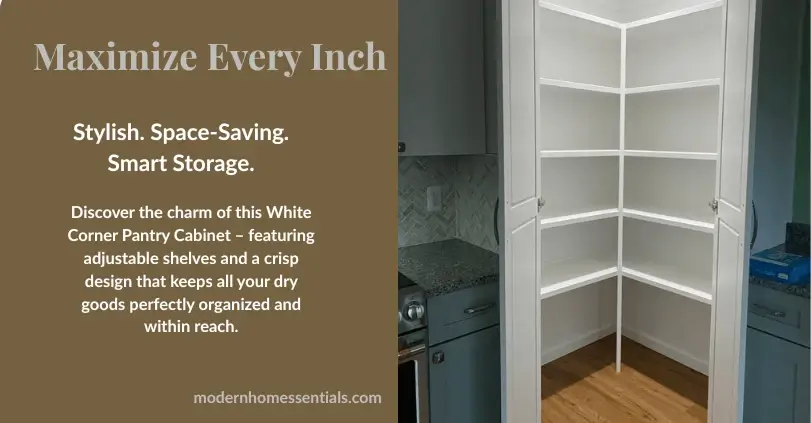
Types of Pantry Cabinets: Which One Suits Your Space?
When considering pantry cabinets vs. base cabinets, it’s important to understand the different types of pantry cabinets available. Pantry cabinets offer vertical storage that can dramatically improve kitchen organization. Here’s a breakdown of the most common types:
1. Tall Pantry Cabinet
Also known as a full-height pantry, this cabinet stretches from the floor to nearly ceiling height. It provides ample vertical storage for dry goods, small appliances, and cleaning supplies.
Best for: Large kitchens, families, or anyone needing lots of storage in one spot.
Pro Tip: Choose adjustable shelves to make room for tall bottles, cereal boxes, or baskets.
2. Corner Pantry Cabinet
This cabinet fits neatly into the corner of the kitchen, making use of often-wasted space. It’s a clever way to maximize functionality in smaller or awkward layouts.
Best for: Small kitchens or L-shaped kitchens that need efficient storage without losing floor space.
Look for corner pantries with rotating or pull-out shelving for easier access.
A white pantry cabinet is more about aesthetic and design style than structure. White finishes give a clean, bright look that blends seamlessly with most kitchen designs—whether modern, farmhouse, or classic.
Best for: Minimalist, traditional, or light-themed kitchens.
White cabinets can make small spaces feel larger and more open.
This compact option is ideal when you’re short on space. It typically comes in narrow widths or lower heights and can be freestanding or built-in.
Best for: Apartments, tiny homes, or kitchens with limited wall space.
Add baskets or door organizers to stretch the storage potential of a small pantry cabinet.
5. Unfinished Pantry Cabinet
Unfinished pantry cabinets come without paint or stain, giving you the freedom to customize the finish yourself. It’s a great option if you want to match existing cabinetry or are working on a budget.
Best for: DIYers or homeowners doing a custom kitchen renovation.
Unfinished cabinets are often more affordable and offer creative freedom.
6. Black Pantry Cabinet
Like white cabinets, this style refers to color. Black pantry cabinets bring a sleek, bold, and modern feel to the kitchen. They also hide dirt and fingerprints better than lighter finishes.
Best for: Contemporary or industrial-style kitchens.
Pair with gold or brushed nickel hardware for a stylish, high-contrast look.
Benefits:
- Great vertical storage (especially if you have more wall space than floor space)
- Easy to organize with pull-out drawers or baskets
- Aesthetic range: from modern to farmhouse to minimalist
When to choose:
- You don’t have a built-in pantry
- You need a spot for bulky items like cereal boxes, brooms, or small appliances
- You want an easy-to-reach, centralized food station

What Is a Base Cabinet?
Base cabinets sit beneath your countertops and are essential for any kitchen. They’re where you’ll likely store cookware, utensils, and under-sink items.
Types of Base Cabinets:
- Sink base cabinet
- Corner base cabinet
- Base cabinets with drawers
- Shallow base cabinets
- Unfinished base cabinets
- 18-inch deep base cabinets
- Kitchen base cabinets with drawers
Types of Base Cabinets: Essential Storage That Works Hard
Base cabinets sit at the bottom of your kitchen layout, supporting countertops and offering practical, everyday storage. They’re versatile and come in various styles and dimensions to suit your layout and workflow. Let’s break down the most common types of base cabinets:
1. Sink Base Cabinet
This cabinet is specifically designed to house a kitchen sink. It usually has a false drawer front and an open back to accommodate plumbing. These don’t include shelves to allow room for pipes, but you can add pull-out trash bins or organizers.
Best for: All kitchens—it’s a must-have if you have a sink in your counter.
Pair with under-sink organizers or trays to manage cleaning supplies efficiently.
A corner base cabinet helps you maximize storage in L-shaped or U-shaped kitchens. These are typically larger and can be tricky to access, so many come with Lazy Susans or pull-out shelving systems to help reach the back.
Best for: Kitchens with corner space; especially good for pots, pans, or bulk storage.
Lazy Susans or kidney-shaped pull-outs are great upgrades to boost accessibility.
3. Base Cabinets with Drawers
These cabinets offer easy-to-access horizontal storage for utensils, tools, and even cookware. You’ll often find them in 3- or 4-drawer configurations, with deeper drawers at the bottom.
Best for: Organized kitchens and cooks who want quick access to everyday items.
Use drawer dividers for utensils, lids, or even spice jars to stay clutter-free.
4. Shallow Base Cabinets
These are narrower in depth—usually 12–18 inches instead of the standard 24 inches. They work well in tight spaces, such as small galley kitchens or kitchen islands where space is limited.
Best for: Small kitchens, behind doors, or in custom cabinetry setups.
Ideal for storing cutting boards, small appliances, or pantry items.
5. Unfinished Base Cabinets
Like their pantry counterparts, these come without any finish—no paint or stain—making them a budget-friendly and customizable option. You can stain or paint them to match your kitchen’s aesthetic.
Best for: DIY renovations, budget-conscious projects, or custom designs.
Seal the cabinet well to protect it from water damage over time.
6. 18-Inch Deep Base Cabinets
These are slightly shallower than standard 24″ cabinets and offer a compromise between space-saving and storage. They’re especially useful for smaller kitchens or tight walkway areas.
Best for: Compact kitchens where space behind the cabinet is limited.
Perfect for breakfast nooks, small apartments, or galley-style kitchens.
7. Kitchen Base Cabinets with Drawers
This is a broader category that includes cabinets entirely made up of drawers. These are designed for maximum utility and organization, often used in modern kitchens.
Best for: Cooks who prefer drawers over doors; also great for seniors who want easier access to lower storage.
Heavy-duty drawer slides are important for holding pots, pans, or heavy dishes.
Benefits:
- Support countertops and sinks
- More ergonomic when fitted with drawers (no deep bending!)
- Fully customizable to your workflow
When to choose:
- You want storage right below your countertops
- You need to accommodate plumbing
- You want to maximize drawer space for pots, pans, and utensils
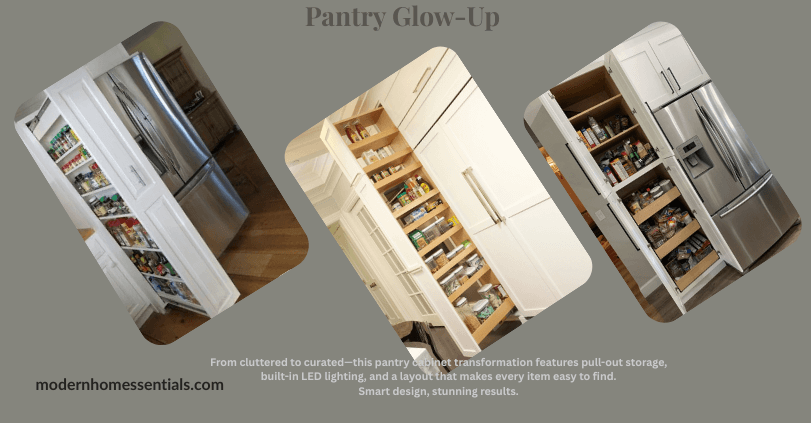
Pantry vs. Base Cabinets: The Real Differences
| Feature | Pantry Cabinet | Base Cabinet |
| Height | Tall (72–96 inches) | Counter height (34.5 inches + countertop) |
| Depth | 12–24 inches | 18–24 inches |
| Best Use | Dry goods, small appliances | Cookware, utensils, under-sink storage |
| Accessibility | May require step stool | Easy access, especially with drawers |
| Layout | Standalone or built-in | Built into lower cabinetry layout |
When You Should Choose Pantry Cabinets
If you:
- Lack a built-in pantry
- Want to hide your snacks, blenders, and bulk buys
- Have vertical space to spare
- Love that sleek tall-cabinet look
Then a tall pantry cabinet, corner pantry cabinet, or even a narrow pantry cabinet might be your solution. And don’t forget, white pantry cabinets are timeless, while black pantry cabinets are bold and elegant.
When Base Cabinets Are a Must
If you:
- Cook daily and need easy access to pots and pans
- Need to install a sink or dishwasher
- Prefer drawers for better organization
- Want to design an efficient workflow
Then base cabinets are your go-to. Add a sink base cabinet, corner base cabinet, or base cabinets with drawers for ultimate functionality.
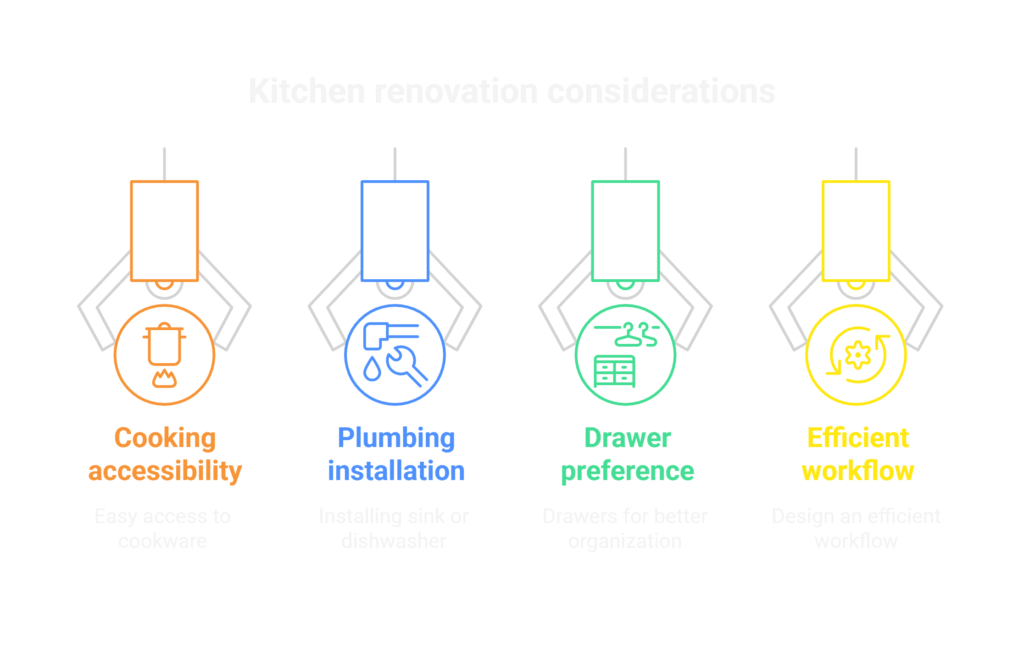
Can You Combine Both? Absolutely.
In fact, the best kitchens almost always use a mix of both.
Example:
- A tall pantry cabinet by the fridge stores your dry goods
- Base cabinets with drawers house your cooking essentials
- A corner base cabinet maximizes tricky angles
You can also mix styles—like a rustic wood pantry cabinet with sleek white base cabinets and brushed gold hardware—to personalize your space.
Real-Life Scenarios
Small kitchen, no pantry?
Install a narrow pantry cabinet beside your fridge.
Back pain or mobility issues?
Opt for base cabinets with drawers—no more bending and searching.
Tight corner space?
Use a corner pantry cabinet or corner base cabinet with a pull-out system.
DIY project?
Get unfinished base cabinets or unfinished pantry cabinets and paint them to your taste.
Quick Tips Before You Buy
- Always measure your space, including ceiling height and door clearance.
- Choose drawer base cabinets if accessibility is a concern.
- Think about finish—white pantry cabinets are classic, while black pantry cabinets make a bold statement.
- Use pull-outs, baskets, and lazy Susans to make both types of cabinets more functional.
Frequently Asked Questions (FAQs)
1. What is a base cabinet?
A base cabinet is the lower cabinetry that sits directly on the floor and supports countertops. It’s commonly used to store pots, pans, utensils, and cleaning supplies. Base cabinets are essential in most kitchen layouts and often house sinks or dishwashers.
2. What is the difference between a base cabinet and a wall cabinet?
The main difference is placement and size.
- Base cabinets sit on the floor and are deeper (usually 24″ deep), supporting countertops.
- Wall cabinets are mounted on the wall above the counter and are shallower (usually 12″ deep).
Both types are typically used together to maximize kitchen storage.
3. How do you install base cabinets?
To install base cabinets:
- Measure and mark the layout on your wall.
- Start in a corner and level each cabinet.
- Secure cabinets to wall studs using screws.
- Connect adjacent cabinets and adjust for alignment.
- Finish with filler strips or toe kicks as needed.
Tip: It’s best to install base cabinets before countertops or appliances.
4. What is an ADA base cabinet?
An ADA base cabinet (Americans with Disabilities Act compliant) is designed for accessibility:
- Typically 34 inches high (instead of the standard 36 with countertop).
- Knee space is often left open beneath for wheelchair users.
- Handles and drawers are easy to grip and within reach range.
These are ideal for accessible kitchens, public buildings, or aging-in-place designs.
5. Can I use a pantry cabinet instead of a base cabinet?
Pantry cabinets are not designed to support countertops, so they can’t replace base cabinets. However, they complement base cabinets by adding vertical storage for food, small appliances, or cleaning supplies.
6. Are unfinished cabinets a good idea?
Yes—unfinished pantry and base cabinets are great if:
- You’re working on a budget.
- You want to paint or stain to match your kitchen.
- You’re doing a DIY remodel.
Just be sure to seal them properly to prevent moisture damage.
7. What kind of cabinet is best for small kitchens?
For small kitchens:
- Use tall or narrow pantry cabinets to save floor space.
- Choose base cabinets with drawers for easier access.
- Corner base cabinets with pull-outs can maximize tricky spots.

